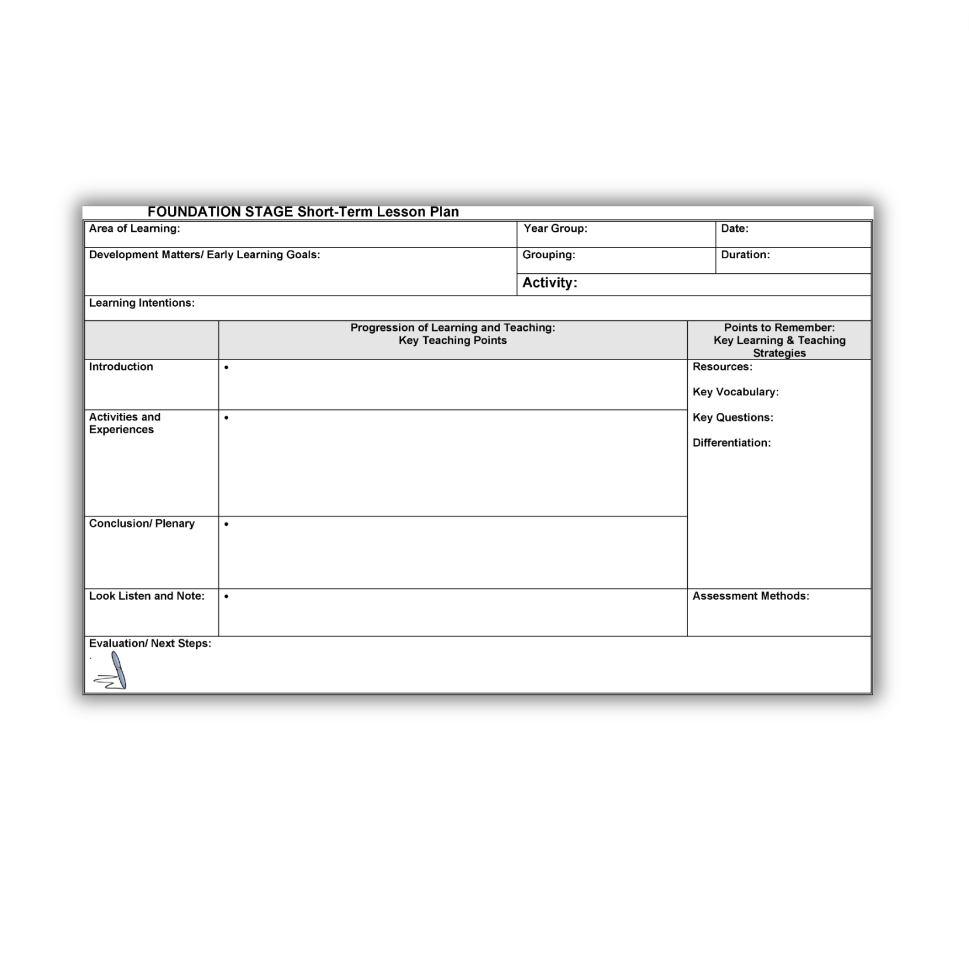5 Ways our Early Years Team Uses Objective-Led Planning

Establishing your starting point, supporting staff and working with home are the keys to effective implementation, as Daniel Saturley explains…

How can practitioners support children by catering for their individual next steps? Is there an effective way of understanding what children need to do next to move forwards in their learning that can be used during a child-initiated learning?
Over the past two years, practitioners in my department have become skilled at utilising objective-led planning with nursery and Reception children – and this is how we’ve achieved successful results…
1 | Establish where they’re at
Now, I don’t want to seem like I’m teaching grandma to suck eggs, but how will you know what children need to do next in their learning without first understanding what they can already do? It’s important to develop this understanding for children as individuals using a number of methods.
You might draw upon formal assessments carried out to support a taught strategy, like phonics teaching – or baseline assessments, which are routinely carried out at the beginning of the year.
You might also receive useful information from the child’s family. Most importantly, though, understanding should come from practitioners carrying out skilful observations of what children can do independently.
It’s vital that skilled practitioners develop a secure understanding of what a particular child should work to achieve, or overcome, as a next step that can be planned for appropriately.
2 | Build staff confidence
Once you know what children can currently do you can start planning for the next steps in their learning. This is a difficult process, but is far easier if staff members have the confidence to trust their judgement. This requires support from senior leaders and colleagues, and effective CPD.
The best CPD isn’t always about going on training events, as this takes staff out of the classroom and costs money! Instead, planned and purposeful CPD should be developed by senior leaders to follow the needs and actions of the school by developing the skill set of staff.
At my current school we’re lucky to have exceptional teaching assistants who go out of their way to take on new initiatives.
As a result we’ve been able to work together, largely after school hours, in team meetings to hash out ideas and discuss what works, and what doesn’t, whilst considering the appropriateness of next steps as a professional group.
This seems to help give staff the confidence to take action and show initiative in the development of next steps and implementation.











